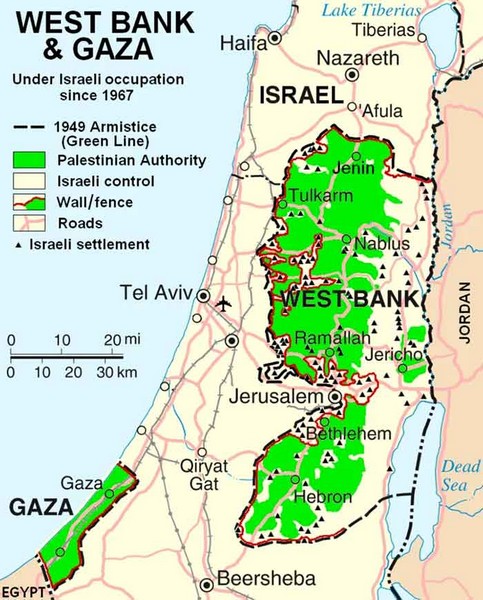By Dr Ramzy Baroud
Those unfamiliar with Gaza and its history are likely to always associate Gaza with destruction, rubble and Israeli genocide.
And they can hardly be blamed. On November 3, the UN Development Programme and the UN Economic and Social Commission for Western Asia (ESCWA) announced that 45 percent of Gaza’s housing units have been destroyed or damaged since the beginning of the Latest Israeli aggression on Gaza.
But the history of Gaza is also a history of great civilizations, as well as a history of revival, rebirth.
Shortly before the war, specifically September 23, archaeologists in Gaza announced that four Roman-era tombs had been unearthed in Gaza City. They include “two lead coffins, one delicately carved with harvest motifs and the other with dolphins gliding through water,” ARTNews reported.
According to Palestinian and French archaeologists, these are Roman-era tombs dating back 2,000 years.
The finding was preceded, two months earlier, in July, by something even more astonishing: a major archaeological discovery, of at least 125 tombs, most with skeletons still largely intact, along with two extremely rare lead sarcophaguses.
In case you assume that the great archaeological finds were isolated events, think again.
Indeed, Gaza has existed not only hundreds of years, but even thousands of years before the destruction of the modern Palestinian homeland during the Nakba, the subsequent wars and all the headline news that associate Gaza with nothing but violence.
I grew up in the Nuseirat refugee camp located in central Gaza. As a child, I knew that something great had taken place in Nuseirat without fully appreciating its grandeur and deep historical roots.
For years, I climbed the Tell el-Ajjul – The Calves Hill – located to the north-east of Nuseirat, tucked between the beach and the Gaza Valley – to look for Sahatit, a term we used in reference to any ancient currency.
We would collect the rusty and often scratched pieces of metal and take them home, knowing little about the value of these peculiar finds. I always gifted my treasures to my Mom, who kept them in a small wooden drawer built within her Singer sewing machine.
I still think about that treasure that must have been tossed away following my mother’s untimely death. Only now do I realize that they were Hyksos, Roman and Byzantine currencies.
Once Mom would diligently scrub the Sahatit with lemon juice and vinegar, the mysterious Latin and other writings and symbols would appear, along with the crowned heads of the great kings of the past. I knew that these old pieces were used by our people who dwelled upon this land since time immemorial.
The region upon which Nuseirat was built was inhabited by ancient Canaanites, whose presence can be felt through the numerous archeological discoveries throughout historic Palestine.
What made Nuseirat particularly unique was its geographical centrality in the Gaza region, its strategic position by the Gaza coast, and its unique topography. The relatively hilly areas west of Nuseirat and the fact that it encompasses the Gaza Valley have made Nuseirat inhabitable since ancient times to the present.
Evidence of Hyksos, Roman, Byzantine, Islamic and other civilizations which dwelled in that region for thousands of years, is a testimony to the historical significance of the area.
When the Hyksos ruled over Palestine during the Middle Bronze Age II period (ca. 2000-1500 BC), they built a great civilization, which extended from Egypt to Syria.
So powerful was the Hyksos Dynasty that they extended their jurisdiction into Ancient Egypt, remaining there until they were driven out by the Sea Peoples. Though the Hyksos were eventually defeated, they left behind palaces, temples, defense trenches and various monuments, the largest of which can be found in the central Gaza region, specifically at the starting point of the Gaza Valley.
Like the Calves Hill, Tell Umm el-’Amr – or Umm el-’Amr’s Hill – was the location of an ancient Christian town, with a large monastery complex, containing five churches, homes, baths, geometric mosaics, a large crypt and more.
The discoveries of Tell Umm el-’Amr were recent. According to the World’s Monuments Fund (WMF), this Christian town was abandoned after a major earthquake struck the region sometime in the seventh century. The excavation process began in 1999, and a more serious preservation campaign began in earnest in 2010.
In 2018, the restoration of the monastery itself started. The discovery of the St. Hilarion Monastery is one of the most precious archeological finds, not only in Gaza’s southern coastal region, but in the entire Middle East in recent years.
There is also the Shobani Graveyard, tucked by the sea and located near the western entrance of Nuseirat, the Tell Abu-Hussein in the north-west part of the camp, also close to the sea, along with other sites, which are of great significance to Nuseirat’s past.
A Gaza historian told me that it is almost certain that Tell Abu Hussein was of some connection to Sultan Salah ad-Din al-Ayyubi’s military campaign in Palestine, which ultimately defeated and expelled the Crusaders from the region in 1187.
The history of my old refugee camp is essentially the history of all of Gaza, a place that played a significant role in shaping ancient and modern history, its geopolitics as well as its tragic and triumphant moments.
What is taking place in Gaza now is but an episode, a traumatic and a defining one, but nonetheless, a mere chapter in the history of a people who proved to be as durable and resilient as history itself.
Dr. Ramzy Baroud is a journalist, author and the Editor of The Palestine Chronicle.
4 December 2023
Source: countercurrents.org

